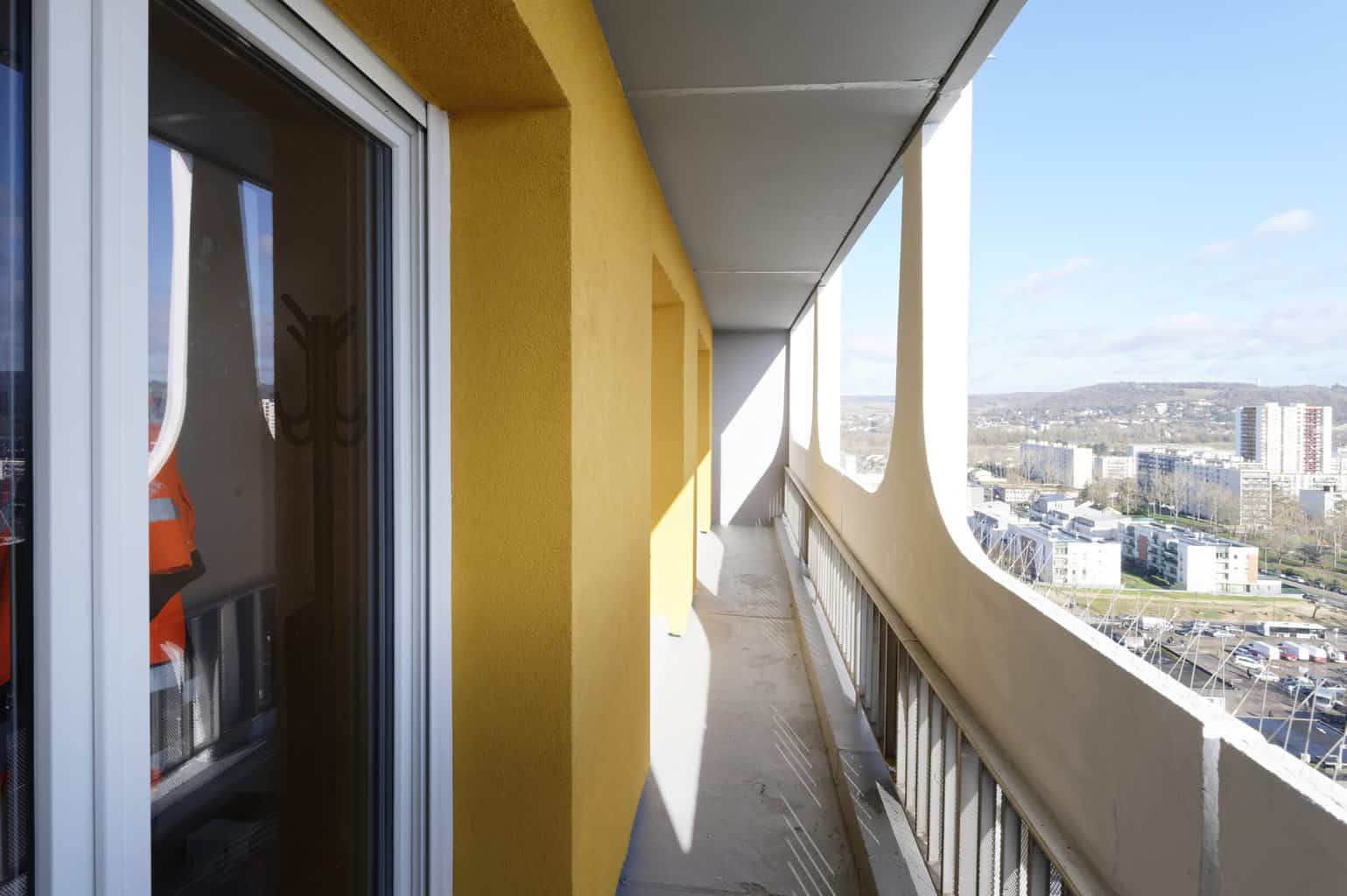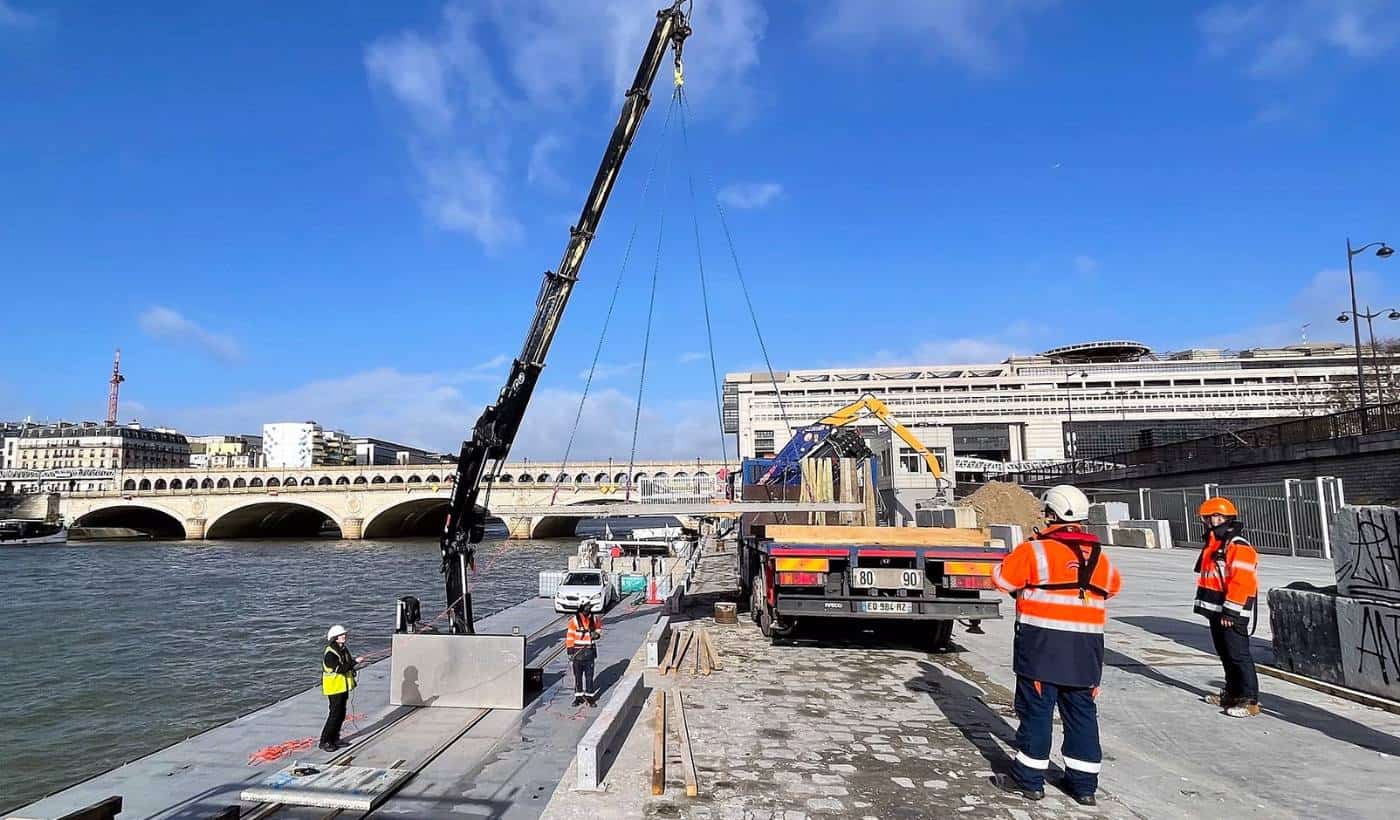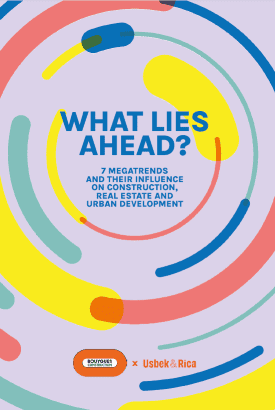
What progress have we made on energy retrofitting?
3 minutes of reading
Energy retrofitting is a vital part of the construction market and it is becoming a crucial issue for the planet. Christian de Nacquard, Director of R&D and Innovation and Energy Performance at Bouygues Bâtiment International, examines this type of operation.

Energy retrofitting is a highly significant element in the construction market today. How would you explain this, and what are its objectives?
Christian de Nacquard: Energy retrofitting is critically important for the planet today. Why do I say that? Mainly because the current building stock in France contains only 2% of new constructions each year, which means that 98% of the stock already exists. It’s not good enough to just deal with the energy performance of the 2% of new buildings built each year, we have to tackle the existing stock which needs to be renovated for several reasons. Obviously, the first of these is the climate emergency, since the building and property sector is currently the largest consumer in France, ahead of transport and industry. The second is that we are obliged to achieve carbon neutrality at European level by 2050. While the industry and automotive sectors have already made progress in this direction, the building sector is falling behind with a shortfall of around 200,000 homes to be renovated in France and around 750,000 in Europe according to Bouygues Bâtiment France Europe‘s figures, excluding commercial property. This brings us to the third reason, which concerns the size of the retrofit market. Today we are facing markets that we cannot even assess with the resources we have available. We estimate that the size of these markets will represent several tens of billions of euros per year between now and 2050.Is the French government supporting these structural changes?
Cde N.: The State has now got involved and is taking things in hand, albeit a little belatedly, but there is real support with the introduction of a grant called MaPrimeRénov’. In 2021, the French government passed a series of laws linked to the Climate and Resilience Act to accelerate the subject of retrofitting, with two methods in particular: a ban on renting out properties with energy labels below E, F and G, with application dates varying from 2025, 2028 and 2034; and the reinforcement of the energy performance diagnosis, which has now become enforceable. In other words, if a property rented or sold does not comply with the energy label indicated, the tenant or purchaser can take action against the owner and demand financial compensation.
With approximately 600,000 applications approved by the end of 2021 since its launch in 2020, MaPrimeRénov’ has been extended to 2022.
What is the current state of play with regard to building offers at Bouygues Construction?
C de N.: We have now been working for three years on an industrialised solution for renovating housing, called BYSprong, which enables us to convert housing that is leaking heat into a building that has a positive energy balance with just a few weeks of work. At this stage, the solution has only been developed for individual houses, and there have already been a number of successful pilot operations, with others to come. There is the Podeliha project, for instance, which was signed last year, which is retrofitting 32 homes with, among other things, a solar roof and a prefabricated shell that is placed over the existing building, insulating the entire facade. For housing, the BYSprong offer is based on seven bricks that correspond to each problem in this type of building. This year we are developing the same concept, but this time for the commercial and service sectors. We are working with all the entities of the Bouygues Construction Group so that we are able to put in place the best industrialised solutions for the 3rd sector, which is much more complicated because of its diversity: hospitals, hotels, offices, etc. So we are in the process of defining types of 3rd sector buildings, which will allow us to adapt the best solutions that will make them carbon neutral.What are the drivers and what are the obstacles?
C de N.: There are several barriers to using BYSprong in different types of buildings. When it comes to collective housing, there is often a problem with fire regulations preventing us from using the BYSprong solution as it was designed. This is a real barrier to offering low-carbon solutions, so we have to work on this with the CSTB (Centre Scientifique et Technique du Bâtiment, the French national building research institute), materials suppliers and facade manufacturers. In addition to this problem, co-ownership residential complexes are also a market segment that is difficult to access because of how many people are involved in taking the ultimate decision. Working with social landlords, there is a single contact-person, but it is more complicated in the private sector, where there are multiple contacts to deal with. The positive point remains the size of the market, which we know will expand more in the long term, and the number of solutions that are still to be imagined and developed.What are the next steps for achieving carbon neutrality?
C de N.: For Bouygues Construction, this is clearly a real strategic challenge, because today we realise that it’s going to be very complicated to meet the target of reducing the Group’s carbon footprint if we keep the same breakdown. That is to say that current projects break down to roughly two-thirds new build for one-third renovation, rehabilitation and restructuring. In terms of value, new constructions account for around three-quarters, meaning that the extended renovation process brings in one-quarter. That means that one of the levers today that will help us to achieve carbon neutrality is to turn around this breakdown, by increasing the proportion of our revenues generated by renovation. This implies that the Group has to change and adapt. There has to be support for the Group’s employees, from site workers to project managers, but also in management, with a major boost for training. This also means that retrofitting needs to be industrialised and simplified, because labour is becoming increasingly scarce. The aim in the near future is also to optimise the use of data thanks to the development of an infrastructure for collecting and processing energy data (Datawatcher), which is heading in this direction. We will be delivering the first module this year, with the goal of developing a global data acquisition platform that will enable us to digitalise the energy performance of our buildings and improve it through better management. We’re starting with the basics: measuring precisely what my building consumes, because as simple as it may seem, today this is not always reliable and this complicates the choice of the optimal solution. In short, the group is organising itself to take up this incredible challenge, and I hope that every employee will do his or her best to meet it, both professionally and personally.Most read
More reading
Read also

Article
20 minutes of reading

Energy
in partnership with


‘Paris at 50°C’: a fact-finding mission to prepare Paris for future heatwaves
Article
2 minutes of reading

What if your sites were supplied via rivers instead of roads?
Article
3 minutes of reading



